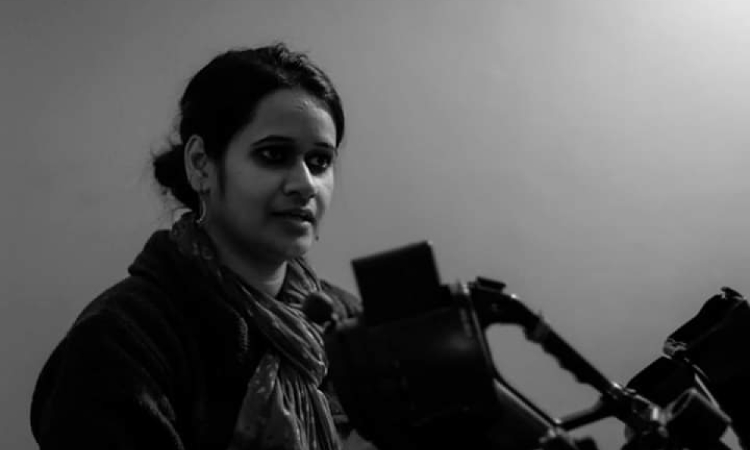'Allegations Prima Facie True' : Delhi Court Dismisses Natasha Narwal's Bail Plea In Riots Conspiracy Case
Sparsh Upadhyay
29 Jan 2021 1:01 PM IST

Next Story
29 Jan 2021 1:01 PM IST
Noting that the provisions of UAPA have been rightly invoked in against Pinjra Tod activist, Natasha Narwal, the Karkardooma Court on Thursday (28th January) dismissed the Bail plea moved by Narwal in connection with the 'Delhi Riots' Case. Additional Sessions Judge Amitabh Rawat also opined that there was sufficient incriminating material against Narwal. This is the first...
